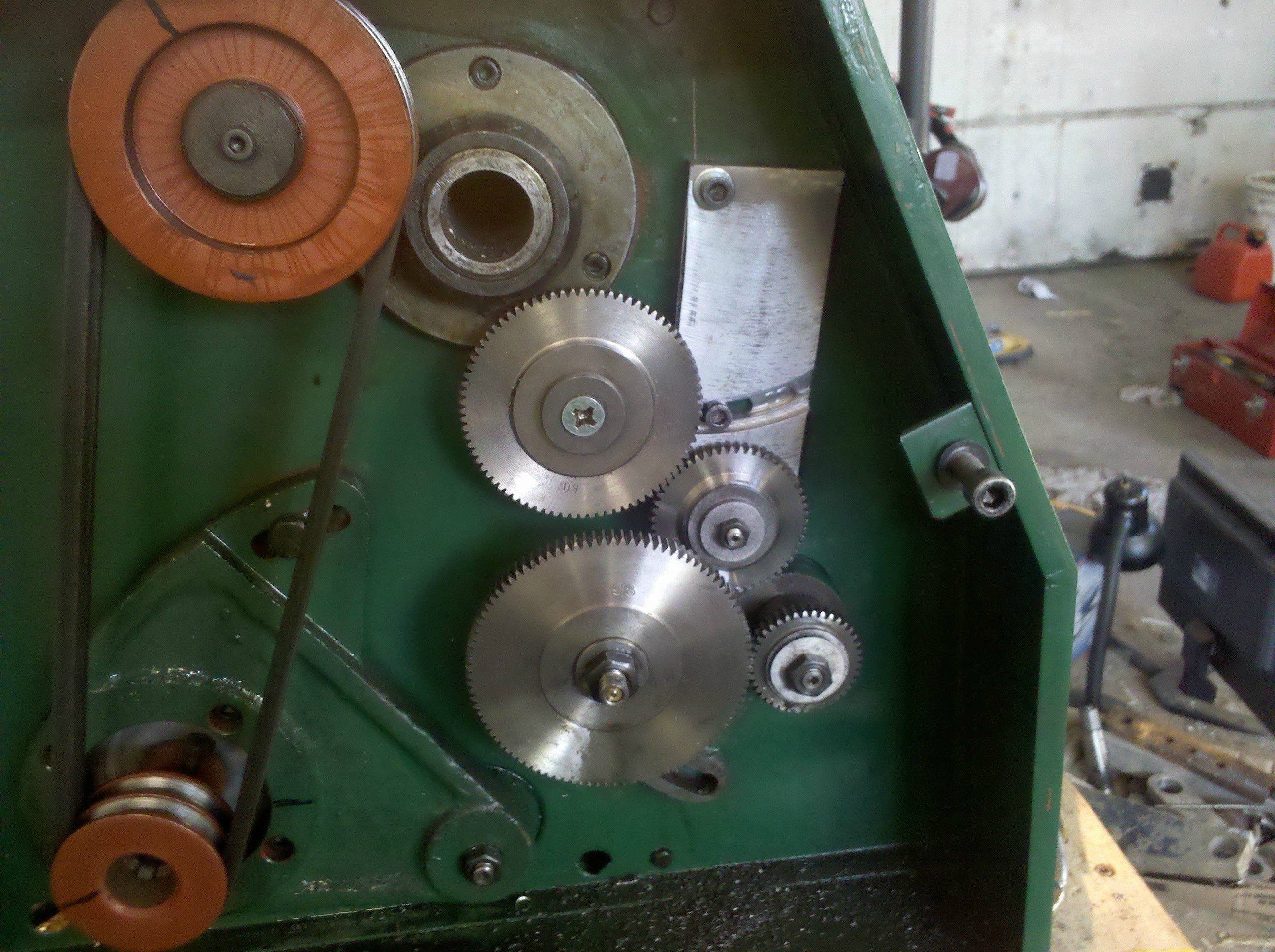Brian, Craftex B2227L? If so, you can turn off the lead screw with the handle to the left of the apron, engage the leadscrew with the apron leadscrew engagement, and move the carriage with the crank at the right hand side of the tail end for much finer feed and dial graduations.
I imagine you won't ever use it now that you've got a DRO though.
Let me know if that's the machine and if you'd like some details on my tailstock cam lock or reversing the leadscrew for cutting left hand threads.
Yes, that is my lathe. I only EVER use the crank on the right hand end to turn the leadscrew. I have built my own tailstock cam lock. I buggered up my auto-feed for the lead-screw about 3 weeks after I bought the lathe 5 years ago, and really, I have never missed it.---Brian





